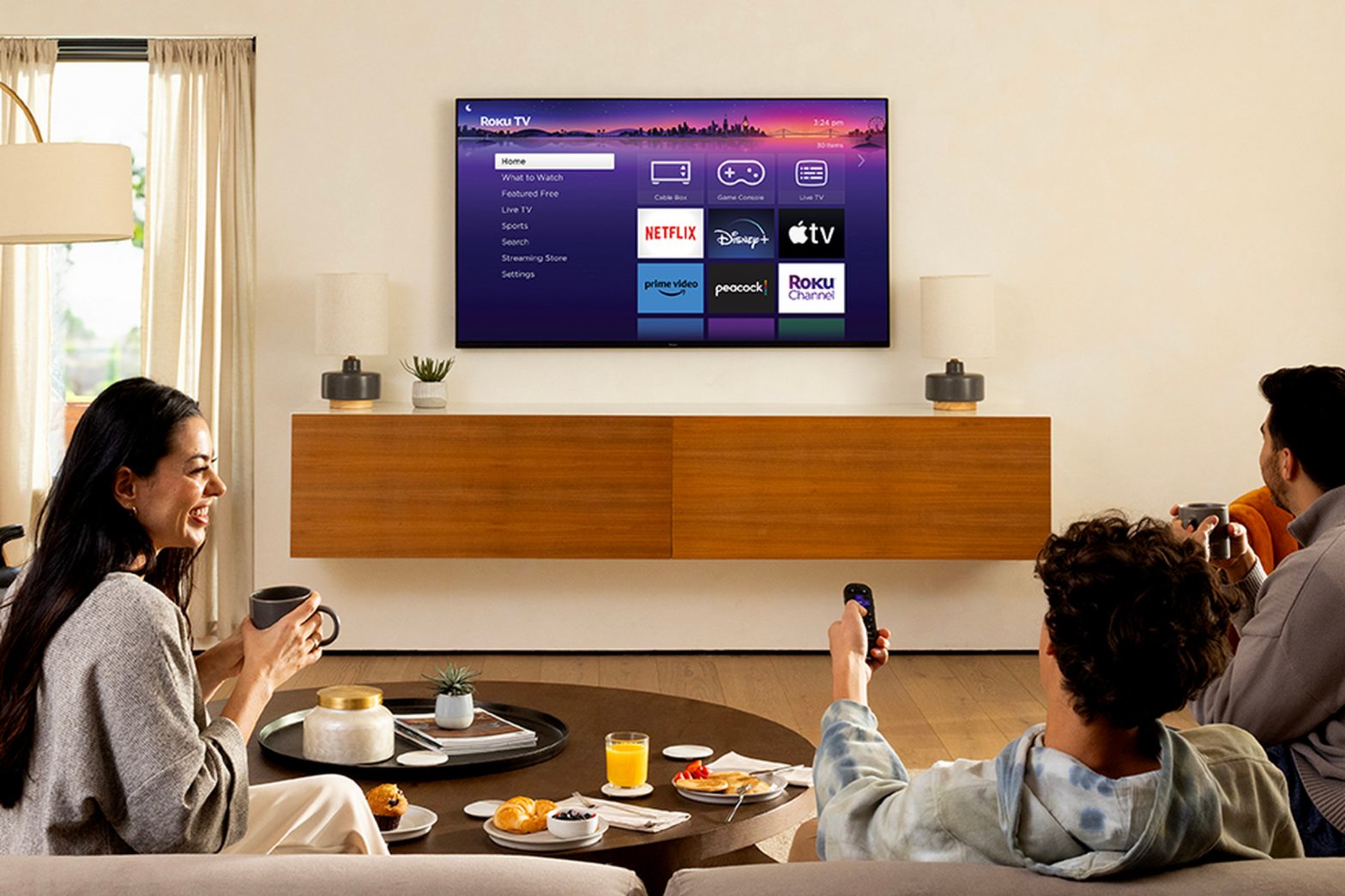/
Roku Pro Mini LED TVs are coming this spring. And a new Roku Smart Picture mode will adjust your settings automatically — because 90 percent of people never bother changing anything.
Share this story
:format(webp)/cdn.vox-cdn.com/uploads/chorus_asset/file/25200951/Roku_Pro_Series_Lifestyle.png)
Roku announced its first self-branded TVs at CES last year, and as expected, the main emphasis was on budget pricing and providing a solid, dependable product. Above all else, the Roku Select and Plus Series TVs were a vehicle for getting Roku’s software into even more homes. But the first-party Roku TVs fell a bit flat in terms of picture quality compared to sets from TCL, Hisense, and other TV makers that play in the same pricing territory. They were fine but unexceptional.
For 2024, Roku hopes to step up its video chops with a new Pro lineup of TVs due to ship later this year. The Roku Pro TVs will come in 55-inch, 65-inch, and 75-inch sizes for “retail prices under $1,500.” They’ll feature Mini LED local dimming for improved contrast and deeper blacks. The company also says it’ll offer a unique mount for these models “that marries both design and functionality” and allows the Roku Pro sets to rest flat against the wall.
:format(webp)/cdn.vox-cdn.com/uploads/chorus_asset/file/25200961/Roku_Pro_Series___FOR_WEB.png)
As is becoming a theme this year, Roku says these TVs will also leverage AI to automatically adjust picture and audio settings based on the specific content you’re viewing. Roku’s research shows that over 90 percent of customers never change their picture modes at all, so now the company is going to handle that duty itself. A new Smart Picture feature will detect the content on-screen and automatically optimize the image settings to make it look its best. (Roku Smart Picture will also be coming to third-party Roku TVs this year; it’s not just limited to Roku’s own hardware.)
Roku’s customers have streamed billions of hours’ worth of content on the platform, and the company says this has given it a wealth of data and expertise when it comes to video processing, bit rate optimization, and so on. If you’re wondering about motion smoothing, it’s on by default, but whenever Roku Smart Picture detects cinematic content it’ll turn off the smoothing automatically.
Like its first wave of TVs, the Roku Pro sets are designed in-house but manufactured by an OEM partner. There are only so many companies churning out panels and TV hardware nowadays, so I’m sure Roku’s partner will quickly be identified once the TVs start shipping in the spring. Unfortunately, Roku is staying pretty tight-lipped about other hardware features and the tech specs until closer to launch. Can they do 120Hz and VRR? One would hope so with the “Pro” label, but we’ll have to wait a couple more months to find out the whole story.
My biggest question is how the Roku Pro TVs will stack up against the first OLED Roku TV, made by Sharp, that was announced in November. But the OLED comes at a premium, with the 55-inch model starting at $1,500. And once you’re spending more than that, are you still shopping Roku TVs in the first place?
